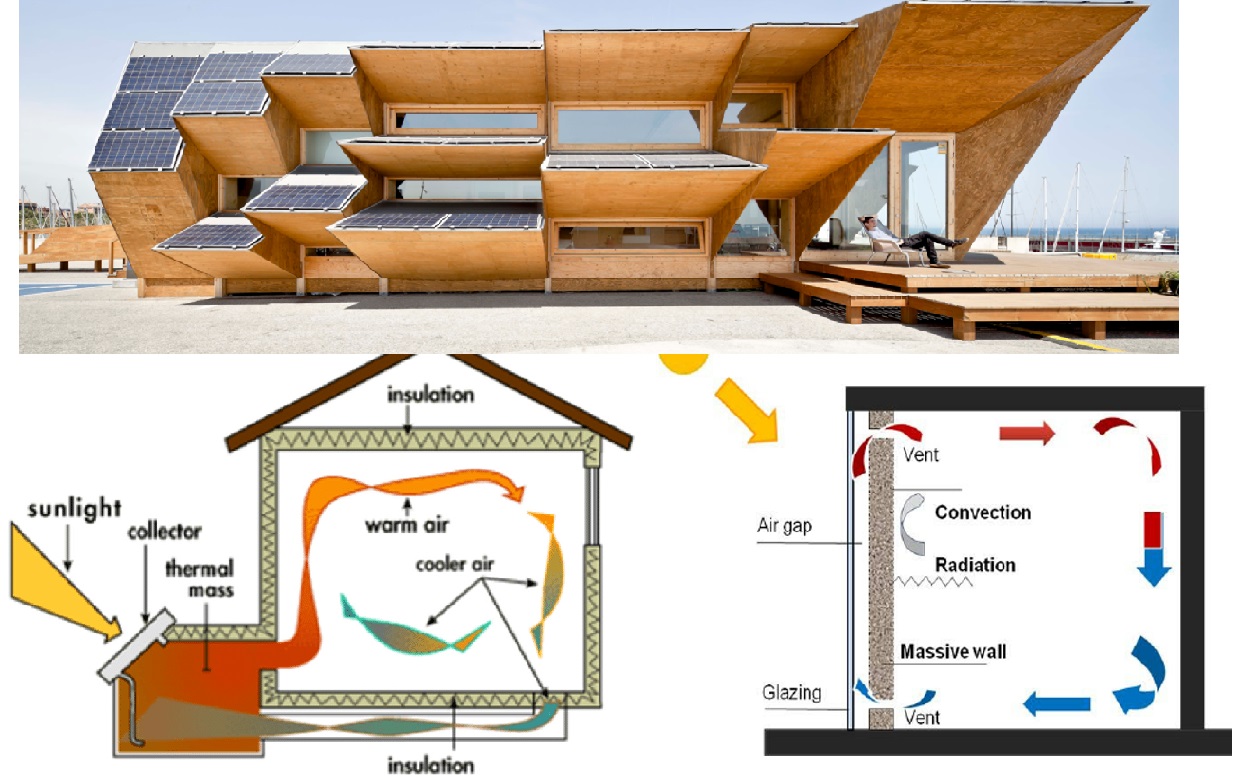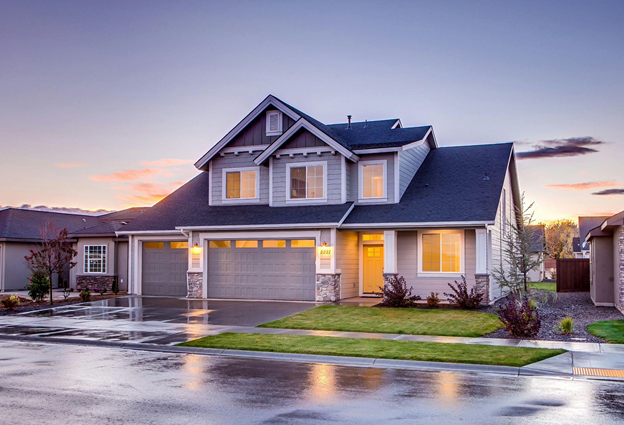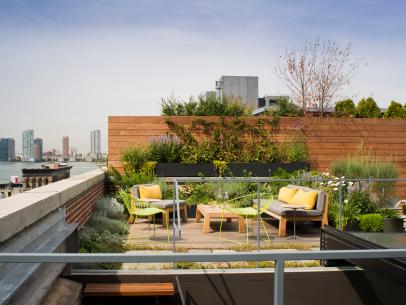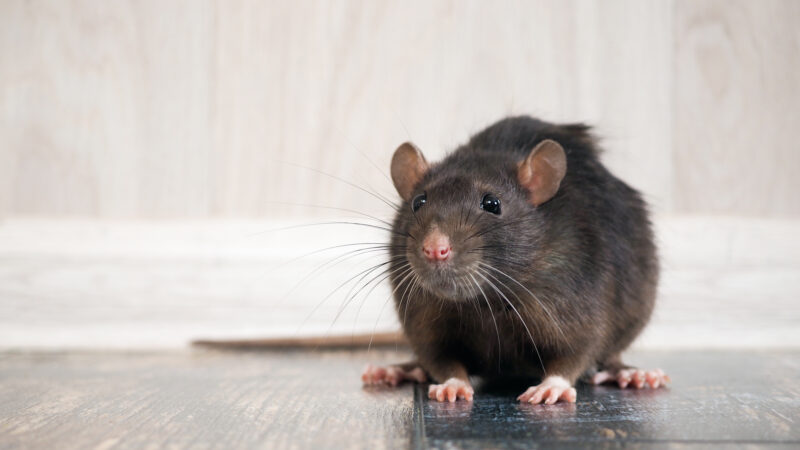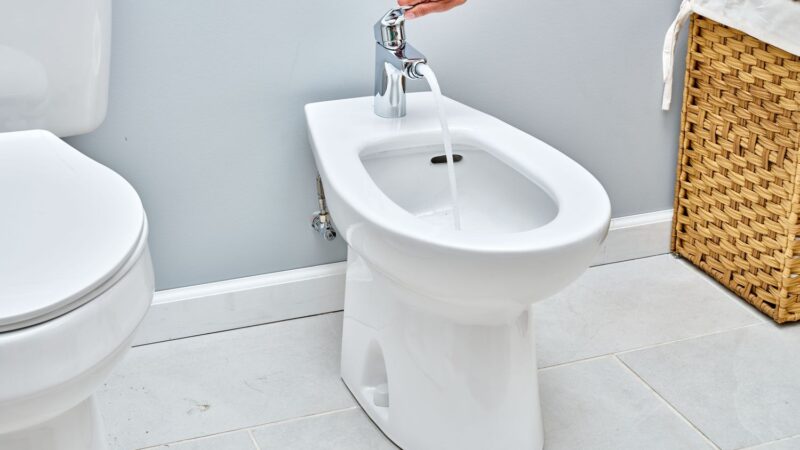Save Energy and Keep Your Home Cool
Learn passive solar heating and cooling methods and diverse ways to cool and heat your home without using energy as in conventional solar panel systems.
Although you may have spent the last few months figuring out how to keep your home warm, summer is fast approaching, and it is time to try and keep it cool. One of the most cost-effective ways to stay cool in the summer is to utilize passive solar design. And guess what? Doing so can also help you stay warm during the winter.
Passive solar design involves using the sun to heat a building during the winter while blocking the sun out during the hotter months to keep it cooler. While We can use these techniques with solar panel systems or other renewable energy power, they do not need to be. Instead, the practices of passive solar cooling focus more on how the home is built and used.
Cover Windows
It would help if you covered south-facing windows during the day to keep a home cool during the summer. When it is cool outside, You can open the window coverings at night. To keep the sun from shining through the windows and thereby heating indoor surfaces, use blinds, shutters, curtains, and sunblock window films. Awnings are also excellent during the summer months when the sun is high (during the winter, the sun is at a lower angle in the sky and can still shine through the window).
Use Vegetation
Another way to keep the sun out is by having deciduous trees or bushes in front of the south sides of buildings (these can be helpful, even if you do not have any south-facing windows.) The added benefit of deciduous trees is that they have lost their leaves by wintertime, meaning that the sun can shine through your home and heat the interior surfaces.
Direct Gain
Another method of heating and cooling a home is called direct gain. Direct gain involves having good thermal mass in the room. Dense and heavy materials like stone floor slabs and concrete walls, and masonry materials are generally best (they absorb and release heat slowly). Still, any material in the home, including furniture, which absorbs, and stores heat is considered thermal mass. The best thermal mass is in direct sunlight and of a dark colour.
During the cold months, the sun shines through the window and heats the thermal mass, and the thermal mass heats, thereby heating the room. During the warm months, you can prevent the thermal mass from receiving sunlight by keeping the blinds closed, etc. At night, the thermal mass cools down and stores this coolness and slowly releases it throughout the next day.
Ventilation
Ventilation is another important way of passive solar cooling incorporated into buildings to lessen the costs (monetary and environmental) of air conditioning. Vents in upper levels of buildings allow warm air to rise by natural convection and flow to the outside. In connection with this, cool air can be drawn into a room through lower-level vents.
Solar Chimneys
Solar chimneys are also being implemented in some newer “green” homes to provide ventilation. A solar chimney is a vertical shaft that the sun heats during the day (including the air within it). This causes an updraft of air. Suction is created at the base of the chimney, drawing cool air in, thereby cooling the building.
Instead of simply turning up the air conditioning, look for other more economical and more environmental ways to cool your home.


